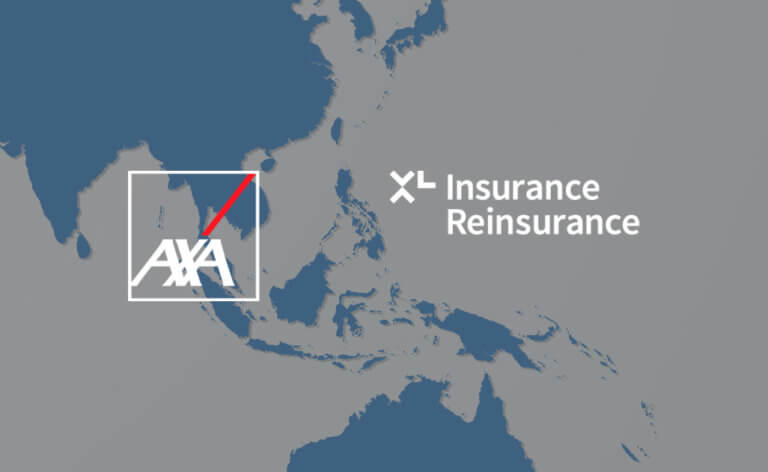SIRC: Insurance a ‘fundamental element’ amid renewable energy push, Axa XL says
November 5 2025 by Aidan Gregory
Insurers have a “critical role” to play in helping Asia’s economies to meet their Paris climate agreement commitments and decarbonise by backstopping the development of renewable energy, according to Axa XL’s head of energy transition.
In an interview with InsuranceAsia News, Vicky Roberts-Mills, global head of energy transition at Axa XL, said an efficient supply of capacity from insurers is vital to ensuring the successful development of the renewable energy in Asia, including new technologies such as hydrogen and floating solar.
“We are seeing significant levels of investment happening across the industry and all elements of the energy transition,” said Roberts-Mills.
“Some of that may be accelerated over the next couple of years with political headwinds we are seeing in other areas of the world.”
“When we think about the role insurance has to play, for many of these assets and infrastructure, insurance is a fundamental element to finance, build and operate that.”
Delivering renewable energy capacity is a vital component of Asian countries’ Paris climate agreement commitments to achieve net zero carbon emissions.
This process requires huge amounts of investment in the coming decades, both in existing onshore and offshore wind and solar assets, for which there is ample insurance capacity in the region, and newer technologies, such as green hydrogen, where existing capacity is scarcer, according to Axa XL.
“There is a strong flow of capacity for more mature technologies within the energy transition,” said Roberts-Mills.
“Onshore wind, and offshore wind to a certain extent. There is competition in that market, and we need to ensure underwriting discipline with a full understanding of those exposures.”

“From concept to construction, the role of insurance must come in earlier than the point we have spades in the ground or turbines going into the water.”
Vicky Roberts-Mills, Axa XL
Axa Group, Axa XL’s parent, has a target to write EUR6 billion (US$6.9 billion) of P&C GWP relating to the energy transition between 2024-26. Last year, Axa wrote EUR2.1billion of GWP relating to the transition, according to the French insurer.
Heading into 1.1 renewals, Axa XL sees a “huge growth opportunity” for renewables in APAC, despite the ongoing market softening, due to the scale of the investment required, according to Roberts-Mills.
“We are seeing reductions for good quality risks which may not be quite as subject to particular exposures such as nat cat,” said Roberts-Mills.
“On an overall perspective, we are seeing pressure on rates and a transition in the market cycle, but it is dependent on the quality of risks and exposure to nat cat, and how those exposures are being managed through the limits that are bought or the structuring of those programmes.”
Insuring wind and solar assets in Asia, a region highly prone to natural catastrophes including earthquakes, typhoons and tsunamis, comes with acute challenges. But it is also essential to ensuring the development of the renewable energy industry across the region.
“Nat cat capacity is finite, and it is an area where as an industry we are looking to see how we can do more in that space,” said Roberts-Mills.
“We will continue to see the imposition of sub limits after significant losses, and capacity constraints, but that in itself enables the market to continue to offer the appropriate support for these risks.”
Roberts-Mills added that insurance has a “critical role” to play in the energy transition.
“From concept to construction, the role of insurance must come in earlier than the point we have spades in the ground or turbines going into the water,” said Roberts-Mills.
“There is a need for insurance to be involved in projects early in the life cycle.”
-
QBE | Elevating customer experience, humanising claims: QBE Asia’s ‘Solutions in a Box’
Vastly improving turnaround times and personalising service delivery, QBE Asia’s award-winning, end-to-end bundled claims solutions is a game-changer for the insurance industry.
-
Beazley | What does cyber protection look like from day 1 to day 600 and beyond?
Cybersecurity is no longer just an IT concern, but a governance issue that belongs on the boardroom agenda.
-
Sedgwick | Preparing for the next storm
Insurance industry needs to recalibrate, invest in innovation and strengthen systems, talent and data practices.
-
Peak Re | From climate modelling to market opportunity: Forging a new clarity on Southeast Asia’s climate risk
Southeast Asia's protection gap: a crisis of clarity, not just capital

